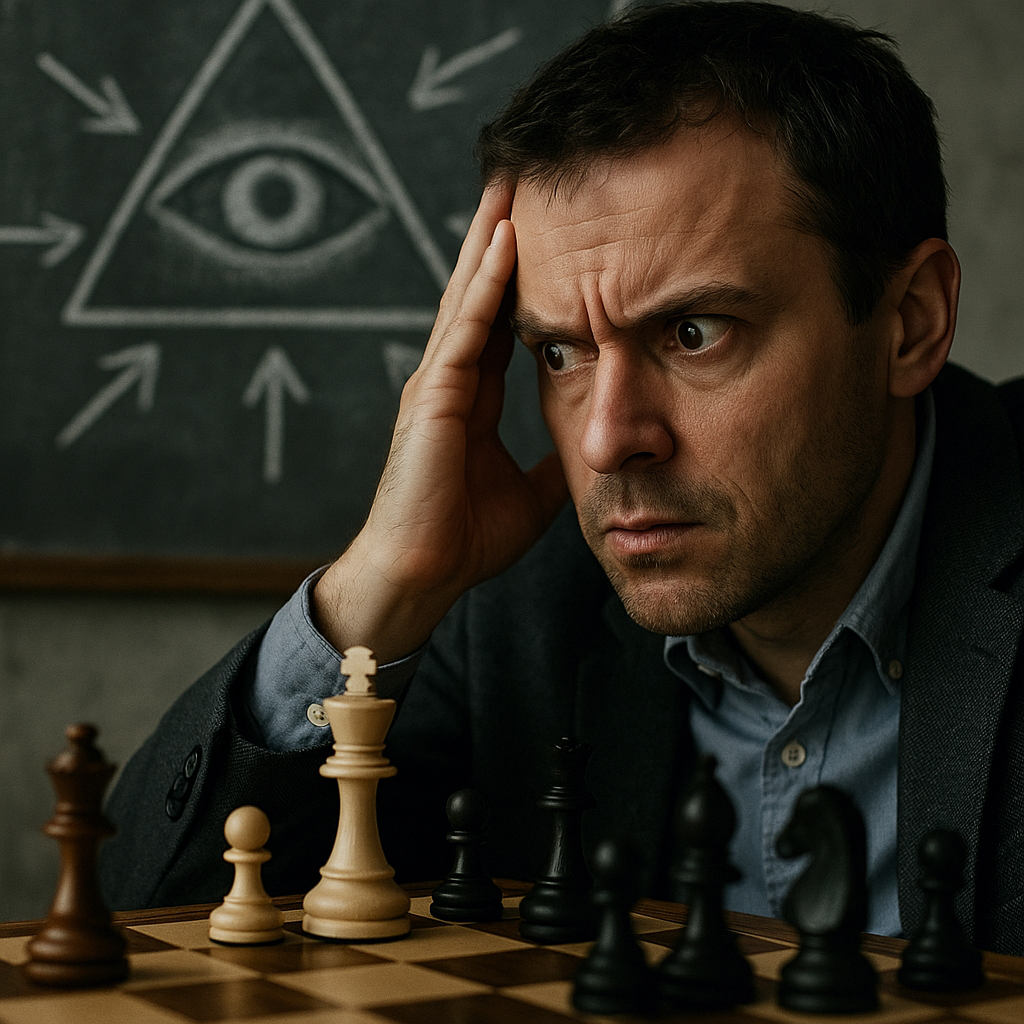By Ian Ortega
There’s something all great CEOs, great companies share with guerilla leaders – a constant and existential paranoia. They leave nothing to chance; they take every risk serious and deliberately invest in creating the future every day. Because if you are not one of the companies creating the future of your industry, you will be forced to live in a future that others have created for you. That future could turn out to be one where your company doesn’t exist anymore.
Although the outsiders to these great companies do imagine them to have it all settled and figured out, the culture and pulse in those organizations is always one that’s constantly seeking to do more, do better, and invent the future. This pulse is set by the CEO, whose character bears heavily on the culture of the organization.
But what is this Strategic Paranoia? It’s the recognition that the cemetery of hubris is always swallowing the next organization, the next company. It’s to recognize that the companies in that cemetery were just like you, full of the same talent as you, but one blink at a wrong time, and that set off the ripple effect of failure.
Strategic Paranoia (SP) is a state of it’s never settled, and the threats are never cleared. It’s a culture of zero compromise, zero tolerance even for minor mistakes. Because the minor mistakes become big ones. In the case of a restaurant, when an employee is a few minutes late for their shift, it means someone has got to cover their gap. Because one employee is doing a job for two, it means a table is receiving poor service. Because of poor service, it means that spend per table gets reduced, as a customer is not interested in spending more time at the restaurant. For a CEO with SP, this late coming will be captured and dealt with immediately.
CEOs infected with SP understand that uncertainty and ambiguity is the name of the game, and decisions must be made amidst this chaos. They design organizations to have the flexibility to deal with this chaos, to navigate it with proper response. That means moving ahead of regulation, not just confirming to regulation but going over and above regulatory standards.
For some organizations, to infuse in a culture of strategic paranoia, they introduced the innovation departments. Because only the paranoid has the urge to innovate. However, many of these innovation departments didn’t live to expectations. First, because innovation is the hardest thing to institutionalize, the moment it’s bound to die in such an attempt to institutionalize it. That’s to say, these innovation departments went on to replicate the culture of the other departments, the same meeting formats, same week schedules, and they spent more time in the offices that out there where it mattered – with the customer and in the innovation labs. Most innovation attempts in organizations have produced dismal results.
There was also the incentive of quantity over quality. Innovation departments were judged based on the innovations outed per quarter. The executives wanted to see something launched. Thus, many products that were not ready, hit the market. Or, the reverse also happened, some products arrived late on the market as they spent more time fulfilling requirements of the Stage-Gate methods, and by the time they were approved through the gates, some other company had beaten them to the market. The point here is that paranoia cannot be institutionalized or taught. It’s perhaps a result of trauma, only those who’ve faced an existential crisis, tend to develop it, and take it seriously.
CEOs who’ve witnessed a decline, a merger or acquisition, or a total disruption know why it matters to be paranoid. And they never take anything for granted.
Jeff Bezoz, the founder of Amazon calls this the – Day One mentality. That’s to say, these organizations that create the future have a Day One mentality. But Day One mentality is just another word for Strategic Paranoia. To understand that your customers can always choose someone else.
Bezoz made the distinction between Day One and Day Two companies. One of the differences was in the speed between how they both made high quality decisions. Day One companies make high quality decisions fast; they cannot afford to relax. Day Two companies make these decisions slowly. They’ve tasted success, they are perhaps the market leaders, so the big decisions can always wait. Day One companies just like guerillas know well that if they blink, they die, Day Two companies place trust in their fortified walls, their moats, their past competitive advantages.
To sum it up, strategic paranoia is a relentless customer obsession, a culture of zero compromise on every aspect of the process, and a high velocity when it comes to making high quality decisions knowing that even a second delay could wipe you of the market. In the coming times as uncertainties arise from anywhere, regulatory changes, geopolitical shifts, technological disruptions, only those with strategic paranoia get to see the future of their industry.

